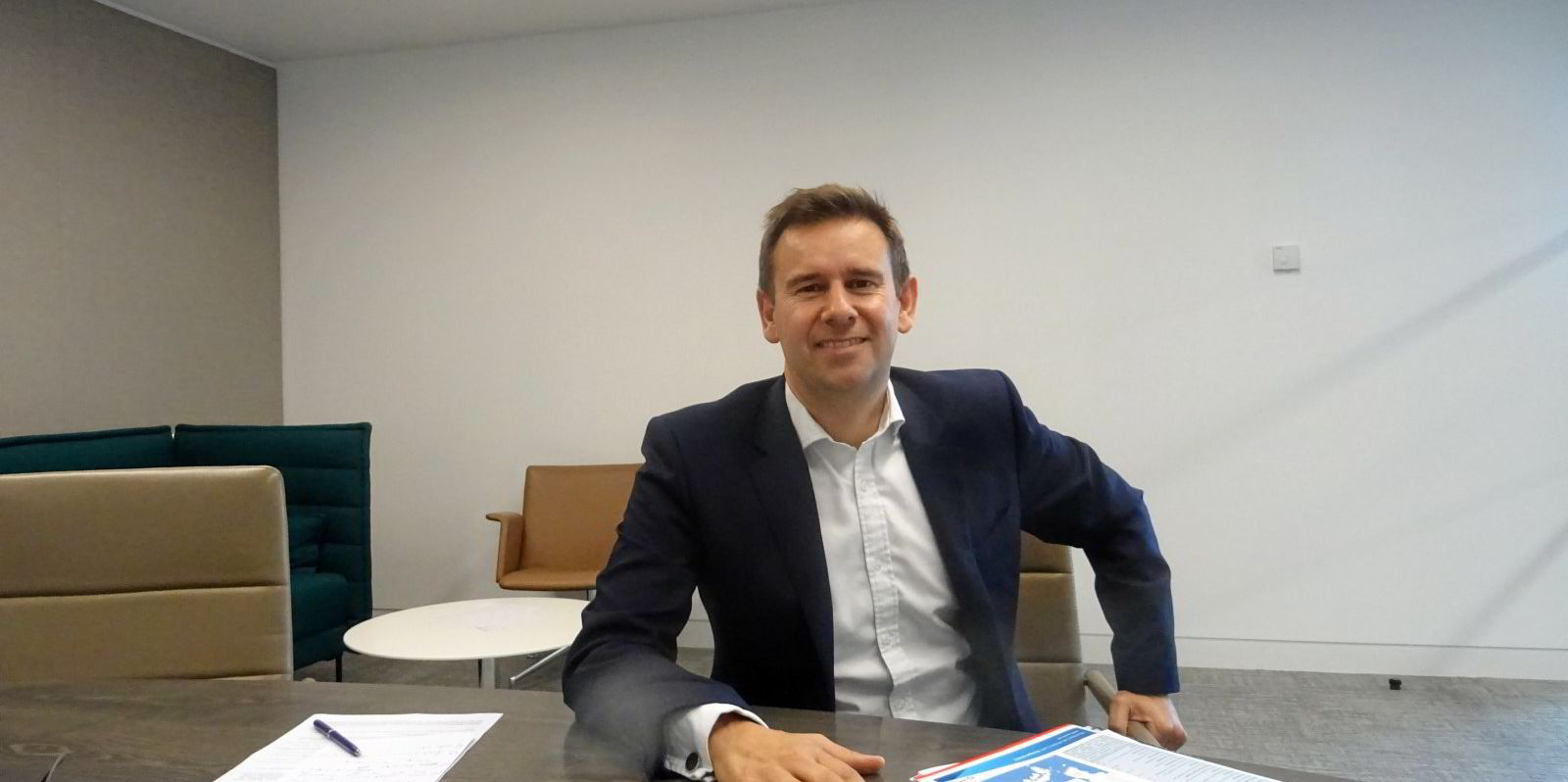Under the International Maritime Organization’s greenhouse gas emissions reduction strategy, it is now mandatory for data to be collected that will give each vessel an annual operational Carbon Intensity Indicator (CII) rating. The aim is to reduce the carbon intensity of shipping operations in line with global targets.
The IMO has decided to express the carbon intensity by using available historic data from the 2019 IMO Data Collection System; namely fuel consumption, total distance travelled and deadweight of ships.
Unfortunately, the metric developed — the Annual Efficiency Ratio (AER) — is a mathematical expression of the carbon intensity of vessel operations, assuming an employment profile that cannot be influenced.
In other words, if owners were responsible only for the consumption of their ships per nautical mile and had no control or agency over the voyages or ballast legs that their vessels perform, then this would be the correct metric to use.
However, this is not an expression of the carbon intensity of commercial operations — and by using the AER, the IMO has removed all incentives for shipowners to optimise laden/ballast ratios.
In fact, the AER will simply become a net penalty to a vessel if rating penalties become large enough. Many of our shipowner partners that are best-in-class in commercial operations will naturally see the CII scores of their vessels increase by up to 5% to 10% — all else equal — by virtue of higher emissions during laden conditions.
In the bigger picture, the AER aims to reduce the carbon intensity of each ship individually, but does not reduce the intensity of each cargo individually, which is where the focus of efficiency should lie.
Conceptually, these regulations should have the ability to force the most optimally located vessel to bid most aggressively on each cargo — but this will not happen by using the AER. The major development is likely to be slower speeds, but no increase in the efficiency of the global shipping system.
It is true that by using the Energy Efficiency Operational Indicator (EEOI), which takes into account whether a ship is moving cargo or not, the variance in the metric is much higher. But this is intended: the carbon intensity of different cargoes should vary dramatically depending on ballast legs prior to loading.
This, in turn, makes it very easy for owners to improve their scores by focusing on the most optimal cargoes, and very easy to lose compliance status by incurring long ballast legs.
In essence, we would argue that two sister ships should not have the same CII score just because their owner operates them under the same laden speeds, weather-routing software or hull conditions.
They should have the same CII score if they both contribute as much, or as little, to the carbon-efficiency of moving cargo, primarily as a result of the trading patterns of their commercial owner, and then secondly as a result of good operational measures.
We believe owners should have agency in their voyage choices and be incentivised to be more competitive for voyages that are more efficient for the wider system. We also feel the IMO can introduce this behavioural change very easily by changing the metric.
To do so, the IMO would need to undertake the following:
- Establish the EEOI as the primary metric to quantify and monitor the carbon intensity of vessels.
- Mend the IMO Data Collection System methodology to start collecting cargo quantities and record/monitor EEOIs; by doing so, the IMO aligns with THETIS MRV, also known as the EU MRV.
- Express the emissions reduction trajectory in EEOI — demand-based — for the CII metric, based on the IMO’s fourth study data.
- After the first year of data collection, including cargo quantities, the IMO can establish the boundaries of the rating based on the distribution of CIIs.
By doing so, the IMO will also engage with major charterers as they will be able to optimise their own systems, alongside owners, and be rewarded for doing so. This, in turn, will drive the right behaviours in the global shipping market and achieve better results for global shipping efficiency.
A large group of charterers, owners and shipping operators have already been voluntarily assessing and disclosing their emissions using EEOI through the Sea Cargo Charter. We encourage more owners and charterers to adhere to this organisation to speed up maritime decarbonisation.
It is estimated that every year we delay our pursuit to decarbonise the industry will add $100bn extra costs to the sector’s overall bill. There is no more time to wait.
We urge the IMO to take this into account during the next meeting of its Marine Environment and Protection Committee.
Andrea Olivi is the global
head of wet freight at Trafigura
Do you have an opinion to share?
Email: news@tradewindsnews.com





